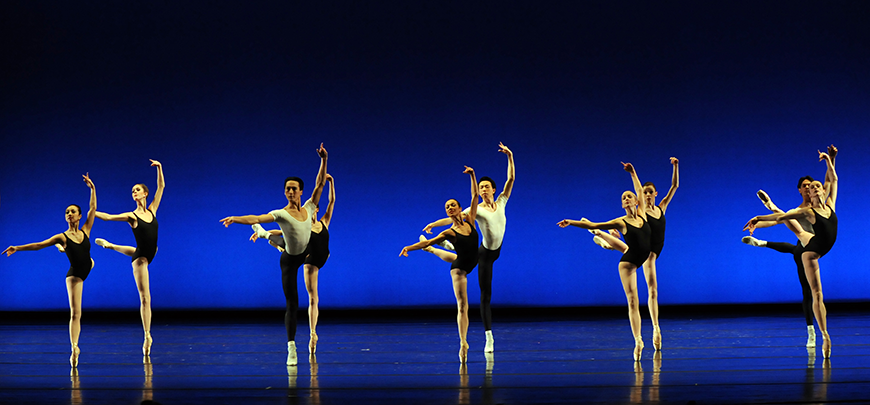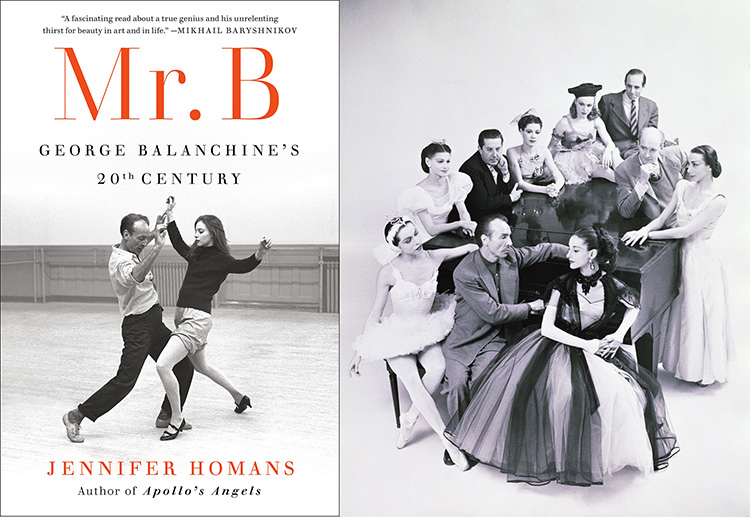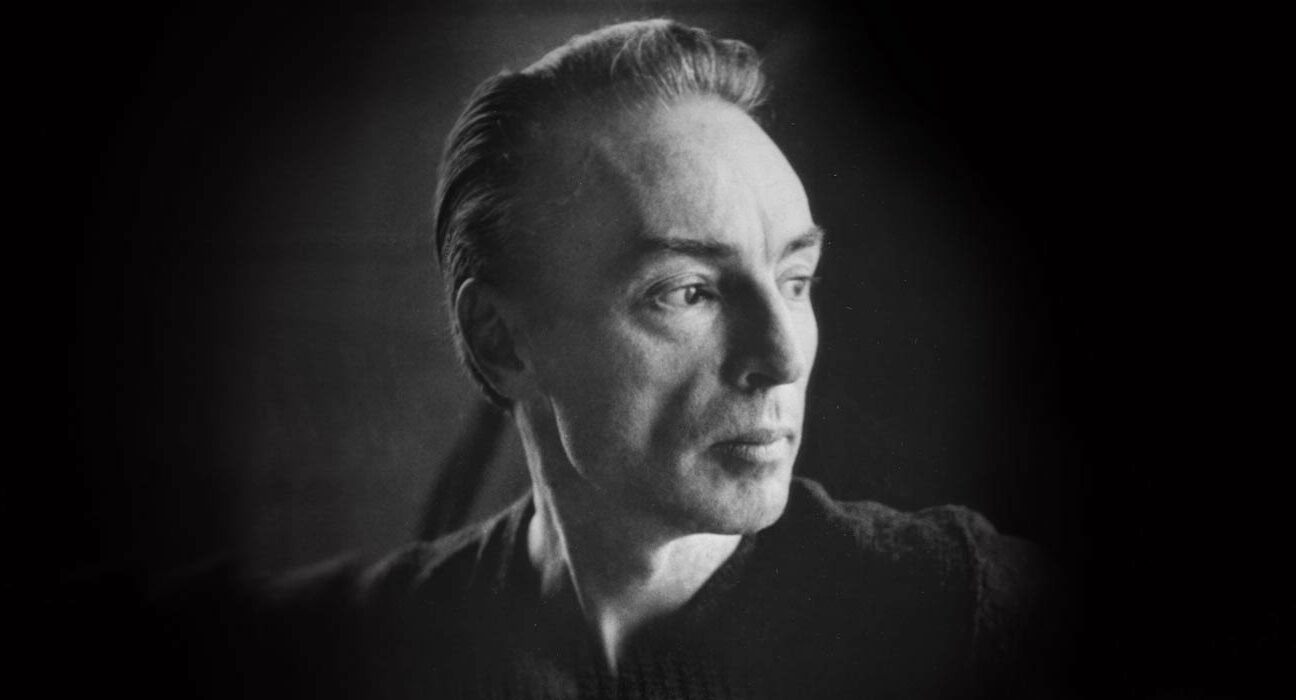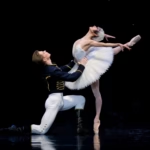George Balanchine stands as a towering figure in the world of ballet, known for his revolutionary approach that transformed the art form, particularly in America. Often referred to as the father of American ballet, Balanchine created a unique style that fused classical European techniques with innovative American flair, establishing ballet as a vital part of American culture. His legacy is one that continues to inspire countless dancers, choreographers, and audiences alike.
In this article, we delve into Balanchine’s life, his visionary choreography, and his lasting influence on the world of dance. We will explore how he redefined ballet for contemporary audiences, the cultural implications of his work, and the role he played in shaping not just the art form but also the very identity of American ballet. Through understanding Balanchine’s contributions, we appreciate the complexity and beauty of dance and its vital place within both art and society.
The Visionary Choreographer
Balanchine was not just a choreographer; he was a visionary who redefined movement on stage. His work transcended traditional boundaries, leading to a radical evolution of ballet as an art form. With his artistic philosophy deeply rooted in a desire to express emotion through movement, Balanchine crafted pieces that resonate with audiences on multiple levels.
His collaboration with Igor Stravinsky is legendary, showcasing a partnership that allowed both artists to push boundaries and explore new artistic territories. This remarkable synergy culminated in the Stravinsky Centennial Celebration, during which 25 ballets were performed by the New York City Ballet. It exemplified a vibrant exchange of ideas between music and dance.
The Power of Emotion in Movement

At the core of Balanchine’s choreography lies the ability to convey emotion through movement. He believed that dance should evoke feelings and transport audiences into a realm beyond mere entertainment. By stripping back elaborate sets and focusing on the purity of dance itself, Balanchine emphasized the dancer’s body as an instrument of expression.
His works often showcase the intricacies of human emotion, allowing audiences to connect intimately with the performers. A prime example of this is “Agon,” where the complexities of rhythm and structure are explored within a contemporary context. In this piece, the dancers’ movements echo the tension and release found in the score, creating a powerful dialogue between the music and the dance.
This emphasis on emotional resonance forms the backbone of Balanchine’s style, challenging dancers to embody their roles fully. Each performance becomes an exploration of personal expression, engaging with the audience on a profound level. Through this lens, we see dance not merely as a series of technical steps but as a vessel for deeper human connection.
Balanchine’s Unique Style
Balanchine crafted a distinct style that set him apart from his contemporaries. He blended classical European techniques with American influences, resulting in a fresh and dynamic approach to ballet. This fusion allowed for creativity and innovation while respecting the foundational elements of ballet.
Furthermore, Balanchine introduced a sense of athleticism and physicality that had not previously been seen in ballet. His choreography often demands extraordinary strength and precision from dancers, pushing them to their limits. This creates visually stunning performances that captivate audiences and challenge conventional notions of grace and elegance typically associated with ballet.
The essence of Balanchine’s style lies in its versatility; he adeptly incorporated various genres and influences, including jazz and modern dance. This eclectic approach allowed him to evolve ballet continuously, reflecting the changing landscape of American culture.
The Choreographic Process
Balanchine’s choreographic process was marked by spontaneity and intuition. Rather than adhering strictly to pre-conceived notions of storytelling, he often preferred to create movement based on musical phrasing and inspiration from the emotions conveyed through the scores he chose.
His collaborative spirit is evident in his relationships with composers, musicians, and designers. For instance, his work with Stravinsky brought forth ballets that were as much about the music as they were about the dance. Each note informed the movement, creating an inseparable bond between sound and motion that enriched the overall experience for the audience.
This organic approach to choreography highlights Balanchine’s belief in the importance of collaboration and communication among artists. His willingness to experiment and embrace the unknown allows for discovery and innovation, paving the way for future generations of choreographers to explore new possibilities within ballet.
A Lasting Legacy

George Balanchine’s influence extends far beyond his own creations; he laid the groundwork for the future of ballet in America. His establishment of the School of American Ballet and the New York City Ballet has helped cultivate generations of dancers who continue to interpret and adapt his techniques today.
His works remain staples in the ballet repertoire, demanding a balance between maintaining the integrity of classical ballet and embracing innovation. Balanchine’s vision has inspired countless artists to explore bold new narratives and styles, reshaping the landscape of dance as we know it.
Cultivating Future Generations
One of Balanchine’s most significant contributions to ballet is the establishment of the School of American Ballet. Founded in 1934, the school became a nurturing ground for young dancers, providing rigorous training in Balanchine’s unique methodology. This institution not only preserved his style but also propagated it, ensuring that future generations would carry forward his artistic vision.
The legacy of the School of American Ballet is evident in the accomplishments of its alumni, many of whom have become prominent figures in the world of dance. These dancers serve as ambassadors for Balanchine’s techniques, sharing their knowledge and experiences with others and ensuring that his contributions to ballet are celebrated and remembered.
Moreover, Balanchine’s focus on education extended beyond technique; he instilled a sense of artistry and individuality in his students. He encouraged them to explore their creativity, fostering a generation of dancers who could bring their interpretations to the stage. This emphasis on personal expression remains a cornerstone of ballet training today.
Challenging Traditional Narratives
Balanchine’s narratives often challenged traditional storytelling in ballet. Instead of relying solely on fairy-tale plots, he infused modern themes and abstract concepts into his works. This shift encouraged audiences to engage with ballet in novel ways, broadening the interpretation of what ballet could represent.
For example, ballets like “Serenade” and “Concerto Barocco” focus more on the exploration of movement and emotion rather than linear narratives. By embracing abstraction, Balanchine opened the door for dancers and choreographers to explore thematic depth beyond mere plotlines. This approach allows audiences to experience ballet as an evolving conversation rather than a static story.
Additionally, Balanchine’s emphasis on the power of the ensemble further enriches the narrative quality of his works. He believed that the collective energy of dancers could convey meaning and emotion, creating a tapestry of movement that transcends individual performance. This focus on collaboration redefines the role of dancers, encouraging them to contribute to the larger narrative of the performance.
The Evolution of American Ballet
Balanchine’s impact on American ballet cannot be overstated. His work played a pivotal role in establishing a uniquely American identity within the arts, merging classical ballet with American sensibilities. By incorporating a diversity of influences, from jazz to modern dance, he demonstrated that art is inherently an evolving conversation that incorporates various styles and backgrounds.
This synthesis of traditions reflects the melting pot of American culture, celebrating different forms of expression and allowing for an inclusive interpretation of ballet. Balanchine’s ability to weave these varied influences into his choreography resulted in a dynamic art form that resonates with diverse audiences.
Moreover, Balanchine’s influence continued to be felt beyond his lifetime. His teachings and philosophies shaped the next generation of choreographers, inspiring them to innovate and explore their creative voices. The ripple effect of his contributions can be seen in the work of contemporary ballet companies, where the essence of Balanchine’s vision lives on.
Cultural Implications of Balanchine

The cultural implications of Balanchine are profound. By merging classical ballet with American sensibilities, he helped establish a uniquely American identity within the arts. His ballets reflect a diversity of influences, suggesting that art is not static but rather a living entity that embodies change, growth, and inclusivity.
Redefining Cultural Identity in the Arts
Balanchine’s innovative approach to choreography raises questions about cultural identity in the arts. His work serves as a testament to the idea that art can be a reflection of society, evolving alongside cultural shifts and changes. By embracing diverse influences, Balanchine blurred the lines between different dance forms, highlighting the interconnectedness of artistic expression.
His focus on modern themes and abstract concepts in ballet invites audiences to engage with the medium on a deeper level. By challenging preconceived notions of what ballet should represent, he broadened the definition of the art form, inviting those who may have previously felt disconnected to find relevance in ballet anew.
The Role of the Individual in Dance
Where some dance forms prioritize the collective over the individual, Balanchine’s style celebrates the distinctiveness of each dancer, allowing their personalities to shine through the choreography. This approach fosters a collaborative environment where dancers feel empowered to bring their interpretations to the stage, contributing to the overall narrative of the performance.
By prioritizing individual expression within the ensemble, Balanchine created performances that are dynamic and rich in character. Each dancer’s unique qualities enhance the choreography, resulting in a multifaceted experience for both the performers and the audience. This celebration of individuality allows for a more nuanced portrayal of the human experience, enriching the emotional impact of each performance.
Moreover, this ethos of empowerment encourages dancers to take ownership of their artistry, enabling them to develop their creative voice. Balanchine’s emphasis on personal expression continues to inspire dancers today, reinforcing the notion that art is an evolving dialogue that thrives on collaboration and shared experiences.
Ballet as an Evolving Art Form
Through his pioneering work, Balanchine contributed to the dialogue about cultural identity in the arts. He understood that ballet must adapt and evolve to remain relevant in a changing world. By embracing various influences and encouraging innovation, he positioned ballet as an art form capable of engaging with contemporary issues and themes.
This perspective invites us to view ballet not as a relic of the past but as a living, breathing art form that continues to grow. Balanchine’s influence encourages artists to explore new dimensions within ballet, expanding its reach and relevance in society. As a result, contemporary ballet increasingly reflects the complexities of modern life, drawing from cultural influences that resonate with diverse audiences.
Conclusion

In examining the life and contributions of George Balanchine, we see a multifaceted artist whose impact transcends mere technique. His ability to innovate, inspire, and provoke thought continues to resonate in the world of dance today. Balanchine’s legacy is one of transformation and creativity, reflected not only in the works he created but also in the generations of dancers and choreographers he nurtured.
As we celebrate Balanchine’s contributions to American ballet, we recognize the profound cultural implications of his work. He redefined ballet as an art form that engages with contemporary society, inviting diverse voices and perspectives to contribute to its ongoing evolution.
Ultimately, George Balanchine remains an enduring symbol of creativity and transformation within the performing arts, inspiring us to explore the endless possibilities of expression through movement. His vision continues to illuminate the path for artists, dancers, and audiences, reminding us that ballet is a dynamic conversation that reflects the richness of our shared human experience.
✉️ Stay Connected — Subscribe for Weekly Updates
Discover timeless stories, practical wisdom, and beautiful culture — delivered straight to your inbox.
*We only share valuable insights — no spam, ever.







Patti Delettre
Tháng 9 5, 2024It’s really a cool and helpful piece of information. I am glad that you shared this useful information with us. Please keep us informed like this. Thanks for sharing.